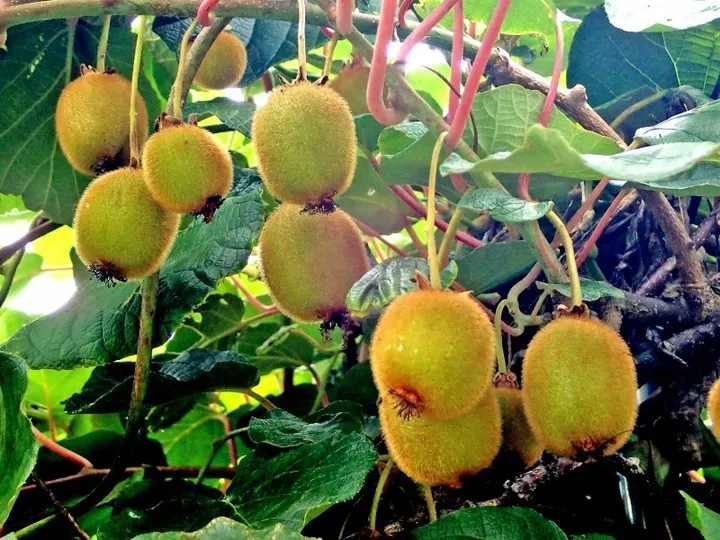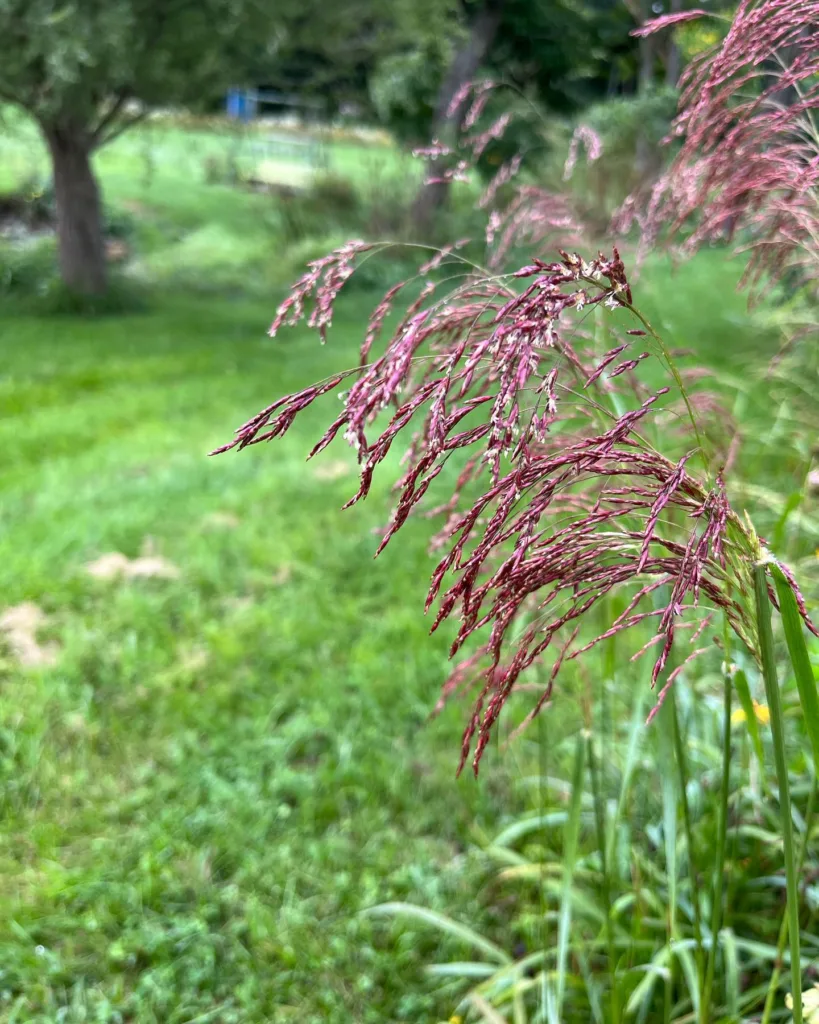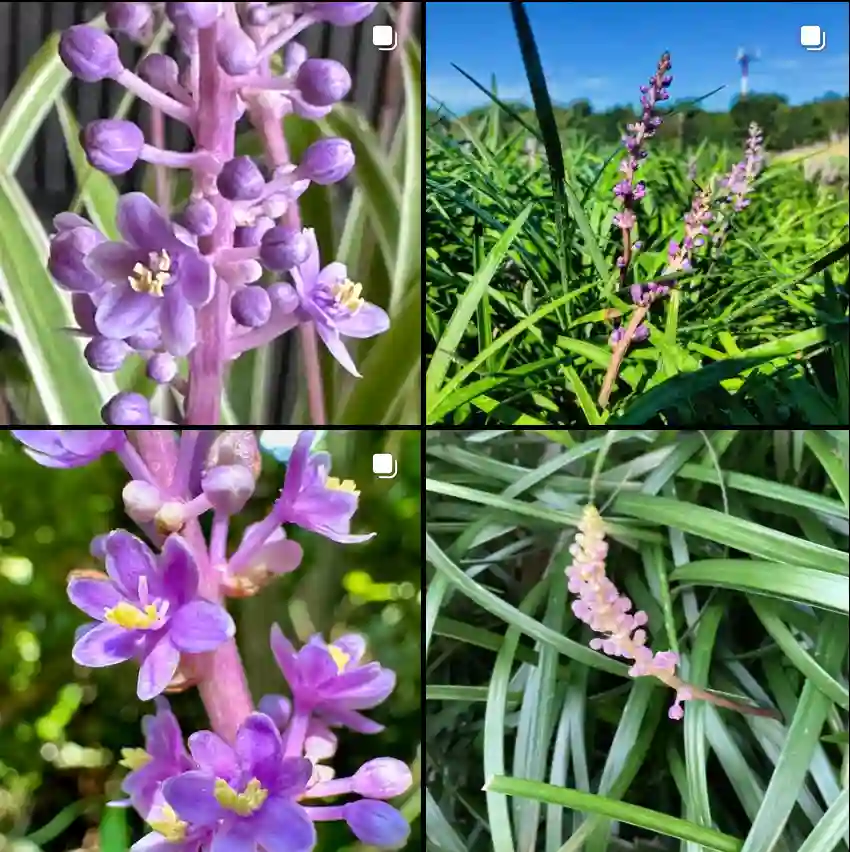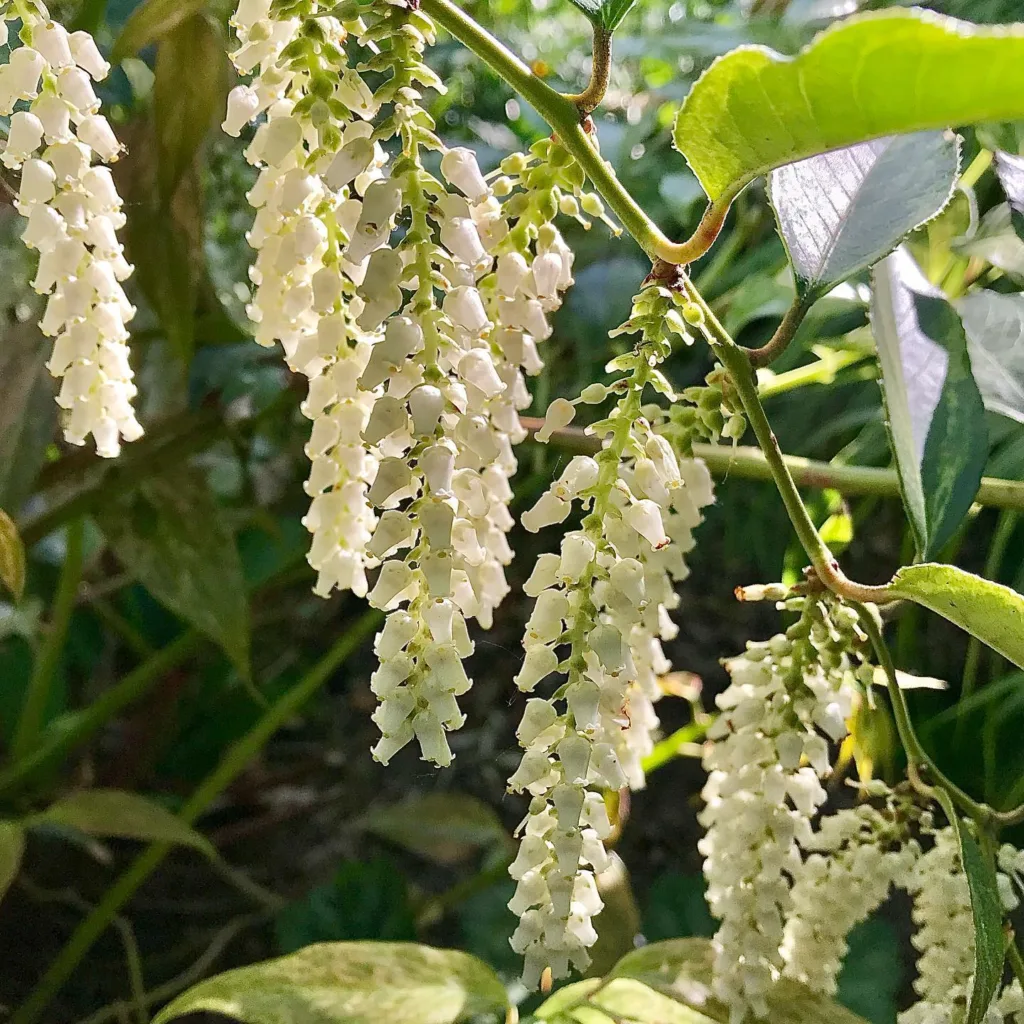What Is Parrotia Subaequalis?
Parrotia Subaequalis, also known as the Persian Ironwood or Persian Parrotia, is a striking deciduous tree native to Iran and parts of northern Turkey. It belongs to the Hamamelidaceae family, which also includes witch hazels. Known for its stunning fall foliage and unique bark, Parrotia Subaequalis is a relatively rare but eye-catching addition to many gardens.
2 Species in Genus Parrotia
How to Care for Parrotia Subaequalis?
Caring for Parrotia Subaequalis is relatively straightforward, but a few key requirements will ensure its health and beauty:
- Sunlight: This tree thrives in full sun to partial shade. Ideally, it should receive at least four to six hours of direct sunlight each day. In hotter climates, a bit of afternoon shade can help protect it from excessive heat.
- Soil: It prefers well-drained soil that is slightly acidic to neutral. While it is tolerant of various soil types, heavy clay or overly sandy soils can pose problems. Enrich the soil with organic matter to improve drainage and fertility.
- Watering: Regular watering is essential, especially during dry periods. Keep the soil consistently moist but not waterlogged. Overwatering can lead to root rot, so ensure proper drainage.
- Pruning: Prune in late winter or early spring before new growth begins. This helps maintain the tree’s shape and removes any dead or diseased wood. Avoid heavy pruning, as it can affect the tree’s natural form.
- Fertilizing: A balanced, slow-release fertilizer applied in early spring can promote healthy growth. Avoid excessive fertilization, as it can lead to lush foliage but weakens the tree.
How to Propagate Parrotia Subaequalis?
Propagating Parrotia Subaequalis can be a bit challenging, but here’s how I’ve successfully done it:
- Seed Propagation: Collect seeds in late summer or early fall. Clean the seeds and stratify them by placing them in a moist medium in the refrigerator for 30 to 60 days. Sow the seeds in a well-draining potting mix, and keep them in a warm, sunny location. Germination can be slow, taking several months.
- Cuttings: Take semi-hardwood cuttings in late summer. Dip the cuttings in rooting hormone and plant them in a mixture of peat and perlite. Keep the cuttings in a humid environment and maintain a steady temperature. Rooting can take several weeks to months.
What to Plant With Parrotia Subaequalis?
Pairing Parrotia Subaequalis with complementary plants enhances its beauty:
- Underplantings: Consider planting ground covers like Creeping Jenny or hostas beneath the tree to provide contrasting textures and colors.
- Companion Trees: The vivid fall colors of Parrotia Subaequalis work well with other deciduous trees like Acer palmatum (Japanese Maple) or Cercis canadensis (Redbud).
- Shrubs: Combine it with shrubs like Hydrangea paniculata or Viburnum tinus for added structure and seasonal interest.
Benefits of Parrotia Subaequalis
The Parrotia Subaequalis offers several benefits for the garden:
- Aesthetic Appeal: Its striking bark, which exfoliates in thin strips, adds visual interest year-round. The tree’s fall foliage transforms into brilliant shades of red, orange, and yellow.
- Wildlife Attraction: The tree’s flowers attract pollinators like bees and butterflies in early spring, contributing to a vibrant garden ecosystem.
- Low Maintenance: Once established, Parrotia Subaequalis requires minimal care compared to other ornamental trees.
Toxicity and Common Problems
Fortunately, Parrotia Subaequalis is not known to be toxic to pets or humans. However, there are a few common issues to be aware of:
- Pests: It can occasionally be affected by pests like aphids or scale insects. Regular inspection and appropriate insecticidal treatments can manage these issues.
- Diseases: Watch out for fungal diseases such as powdery mildew or leaf spot. Good air circulation and avoiding overhead watering can help prevent these problems.
Comparing Parrotia Subaequalis
Parrotia Subaequalis is sometimes confused with similar trees like:
- Parrotia Persica: While similar in appearance, Parrotia Persica generally has a more irregular form and is often used in more formal settings. Parrotia Subaequalis tends to have a more uniform, rounded shape.
- Witch Hazel (Hamamelis): Both are from the Hamamelidaceae family, but Parrotia Subaequalis is a tree, while witch hazels are usually shrubs. Witch hazels also have different flower and leaf shapes.
In conclusion, Parrotia Subaequalis is a beautiful, low-maintenance tree that can add significant visual interest to any garden. With its stunning fall colors, unique bark, and minimal care requirements, it’s a worthwhile choice for gardeners seeking a distinctive addition to their landscape.
If i die, water my plants!



